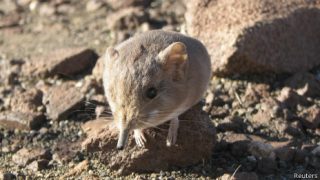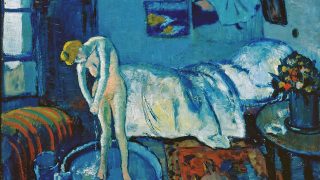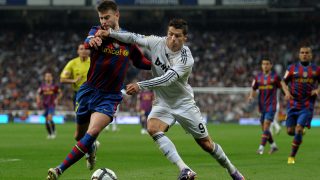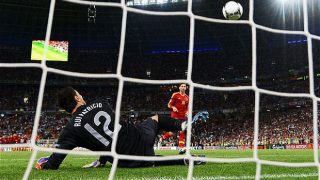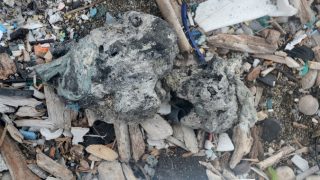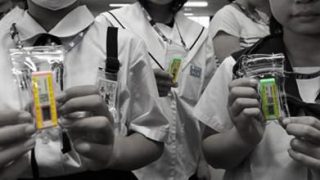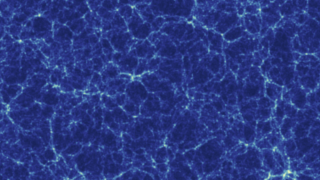
MI weekly selection #82
Humanities & Social Sciences • Science • Technology • Weekly Selection
Universal formula for cosmic voids A simple equation can describe the large-scale bubbles that appear in the dark matter distributed throughout the Universe, and it applies to voids of a wide range of sizes and ages. Physics Bone-house wasps use ant carcasses to build nests for their young Deuteragenia ossarium, or the bone-house wasp, is […]


